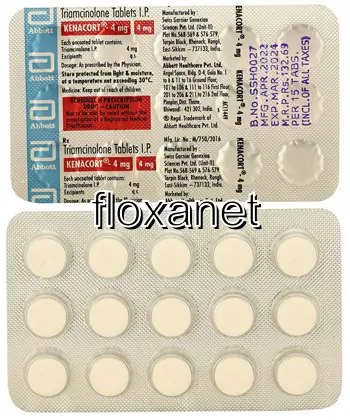Buy Triamcinolone Online in Australia
| Package | Dosage | Price | Price per Dose | |
|---|---|---|---|---|
| Dosage: 4mg | ||||
| 360 pill | 4mg | AUD726.92 | AUD2.02 | |
| 180 pill | 4mg | AUD392.86 | AUD2.19 | |
| 120 pill | 4mg | AUD287.81 | AUD2.40 | |
| 90 pill | 4mg | AUD235.29 | AUD2.61 | |
| 60 pill | 4mg | AUD174.36 | AUD2.92 | |
| 30 pill | 4mg | AUD100.83 | AUD3.36 | |

Triamcinolone Description
Introduction to Triamcinolone
Triamcinolone is a potent synthetic corticosteroid commonly used in the treatment of various inflammatory and allergic conditions. It belongs to the class of drugs known as glucocorticoids, which mimic the effects of hormones produced naturally in the body. This medication is available in several forms including creams, ointments, injections, and nasal sprays, making it versatile in treating different medical issues.
Mechanism of Action
Triamcinolone works by reducing inflammation, swelling, redness, and itching. It achieves this by suppressing the immune response and decreasing the formation of chemicals that promote inflammation. When applied topically or administered via injection, it directly affects the affected tissues, providing relief from symptoms associated with conditions such as dermatitis, arthritis, and allergic reactions. As a systemic corticosteroid, it also influences metabolic processes in the body and can impact immune function on a broader level.
Uses and Indications
This medication is prescribed for a range of medical conditions. Topical formulations are often used for skin conditions like eczema, psoriasis, and dermatitis. Nasal sprays help in managing allergic rhinitis by alleviating nasal congestion and sneezing. Injections of triamcinolone are typically administered for joint inflammation, bursitis, or other localized inflammatory conditions. Its effectiveness in reducing immune system activity makes it useful in managing autoimmune disorders such as lupus or certain types of vasculitis. Overall, triamcinolone is valued for its anti-inflammatory properties across various specialties of medicine.
Potential Benefits
Patients often consider triamcinolone effective due to its rapid relief of symptoms. Its topical forms can significantly improve skin conditions that are resistant to other treatments. Nasal sprays provide a non-invasive option for allergic rhinitis, with minimal systemic absorption when used correctly. Injectable forms offer targeted relief for inflamed joints and soft tissues, often providing long-lasting improvements. When used correctly, triamcinolone can enhance quality of life by controlling symptoms and reducing disease activity.
Side Effects and Precautions
Despite its benefits, triamcinolone can cause side effects. Common issues include skin thinning, irritation, or discoloration when used topically. Nasal sprays may lead to dryness, irritation, or nosebleeds. Systemic administration risks include weight gain, mood changes, increased blood sugar levels, and suppression of natural steroid production. Long-term use can result in osteoporosis or Cushing's syndrome if not properly monitored. It is important for patients to follow their healthcare provider’s instructions and report any adverse effects promptly. Special caution is advised for individuals with infections, as steroids can suppress immune responses and worsen certain infections.
Drug Interactions and Considerations
Triamcinolone may interact with other medications such as diuretics, insulin, and certain vaccines. Combining it with other immunosuppressants can increase the risk of infections. Healthcare providers should be informed about all current medications to avoid potential interactions. People with existing medical conditions such as glaucoma, hypertension, or osteoporosis need to be carefully evaluated before starting therapy. It is also essential to use the medication exactly as prescribed, especially in cases involving systemic administration, to minimize risks and maximize benefits.
Conclusion
Overall, triamcinolone remains an important medication in the management of inflammatory and allergic disorders. Its various formulations allow targeted treatment across multiple body systems. Nevertheless, careful supervision is necessary to avoid adverse effects. When used responsibly, it can provide significant relief and improve patient outcomes. Understanding the proper use and potential risks helps ensure the effective and safe application of this corticosteroid in clinical practice.
See Also
